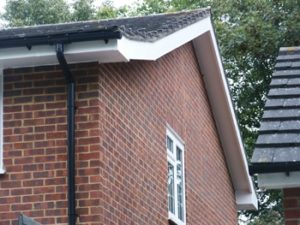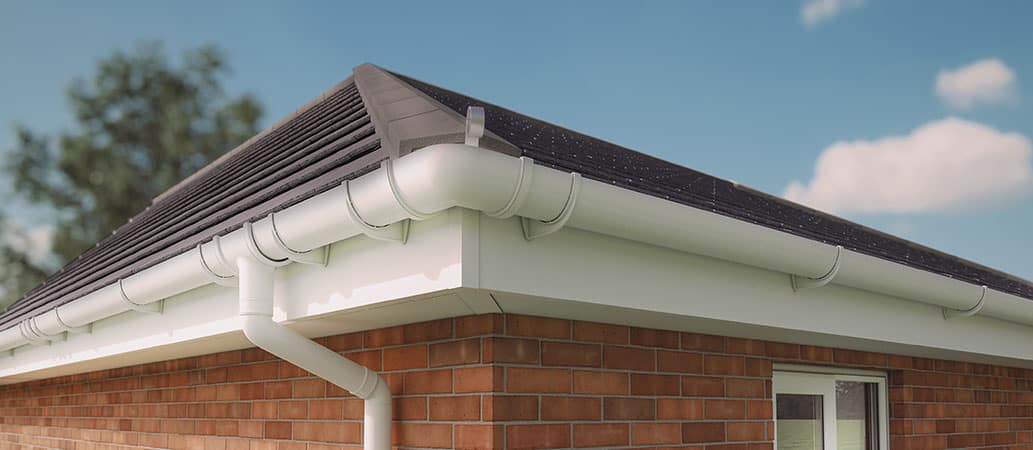
Fascia And Soffit Repair
Add a review FollowOverview
-
Founded Date June 18, 1967
-
Posted Jobs 0
-
Viewed 21
Company Description
You’ll Never Guess This Soffit And Fascia Replacement’s Secrets
Soffit and Fascia Replacement: A Comprehensive Guide
When it comes to keeping a home, numerous homeowners concentrate on locations such as the roofing, siding, and windows, typically overlooking the significance of soffit and fascia. These elements play an important function in securing the home from water damage, insects, and other ecological factors. This short article explores the significance of soffit and fascia, indications that indicate a need for replacement, and a detailed guide to changing them.

Comprehending Soffit and Fascia
Soffit describes the underside of a roof overhang. It can be discovered below the eaves of your roof and is mostly accountable for ventilation and allowing air to flow in the attic. Soffit likewise offers a finished appearance to the eaves of a house.
Fascia, on the other hand, is the vertical board that runs along the edge of the roofing. It works as a protective barrier for the roofing system’s wooden elements and supports the bottom row of roofing tiles or shingles. In addition, Fascia Replacement boards accommodate gutter systems that help direct water far from the home’s foundation.
Importance of Soffit and Fascia
- Ventilation: Proper ventilation aids in preventing wetness buildup in the attic, which can result in mold and rot.
- Protection: These elements secure the roof and underlying structures from water damage and insects.
- Visual Appeal: They boost the total appearance of a home, contributing to curb appeal.
- Gutter Support: Fascia boards hold up the gutters, ensuring effective water drain.
Indications That Soffit and Fascia Need Replacement
While soffit and fascia are designed to be resilient, they can wear in time. Property owners should be alert for numerous signs that show the need for replacement:
- Peeling Paint: If paint on your soffit or fascia is peeling or bubbling, it might indicate water damage.
- Water Damage: Stains or watermarks on the ceiling or walls just listed below the roofline can signify leaks in the soffit or fascia.
- Rot or Decay: Soft spots or places where the wood feels spongy suggest rot, typically brought on by extended exposure to moisture.
- Insects: Insects or rodents can go into through damages in these elements, indicating that they may need replacement.
- Noticeable Damage: Cracked, deformed, or missing pieces of soffit or fascia ought to be attended to instantly.
Steps for Soffit and Fascia Replacement
1. Collect Necessary Tools and Materials
Before embarking on the replacement process, collect the following tools and products:
- Ladder
- Safety goggles and gloves
- Determining tape
- Saw (circular or miter)
- Nail gun or hammer
- Level
- Caulk and caulking weapon
- Replacement soffit and fascia products (vinyl, aluminum, or wood)
2. Procedure and Cut
Accurate measurements are vital for an appropriate fit:
- Measure the length and width of the fascia and soffit locations that require replacement.
- Cut the brand-new fascia boards to length, ensuring a tight fit against the existing structure.
3. Eliminate Old Materials
Thoroughly eliminate the old soffit and fascia:
- Use a crowbar or crowbar to gently get the old fascia boards, taking care not to damage the roofing or surrounding locations.
- Eliminate soffit panels, guaranteeing you eliminate any nails or screws securing them in place.
4. Examine for Damage
Before installing brand-new parts, check the area for any underlying damage. This may include:
- Rot in the rafters or roof sheathing
- Signs of mold or mildew
5. Install New Fascia and Soffit
- Begin by installing the fascia boards, securing them with a nail weapon or hammer.
- Utilize a level to make sure the boards are lined up properly, making sure a straight edge.
- Set up soffit panels by fitting them into the designated areas and securing them in place.
6. Caulk and Paint (if needed)
- Use caulk to seal joints or gaps, preventing moisture from getting in the home.
- If the chosen material needs painting (such as wood), use a weather-resistant paint or surface to protect versus the elements.
7. Tidy Up
When the brand-new soffit and fascia are set up, tidy up the location. Dispose of old materials responsibly, and guarantee any tools used are stored away securely.
Maintenance Tips
Maintaining soffit and fascia can extend their lifespan. Here are some suggestions:
- Regularly examine for signs of wear or damage.
- Keep seamless gutters clean and without debris to prevent water overflow, which might harm soffit and fascia.
- Trim trees or shrubs that may enter contact with these locations, preventing physical damage.
FAQs
What products can be utilized for soffit and fascia replacements?
Typical materials include wood, vinyl, aluminum, and fiber cement. Each product has its advantages and disadvantages in terms of cost, resilience, and maintenance.
How often should soffit and fascia be changed?
The lifespan of soffit and fascia can vary based on product and environmental aspects. Usually, they need to be examined every 5 to ten years and replaced as necessary.
Can I replace soffit and fascia myself?
Yes, it is a DIY-friendly project, however it needs basic woodworking abilities and security precautions. However, hiring a professional may be advisable if the job includes intricate roof structures or if you’re unknown with the process.
What are the expenses associated with changing soffit and fascia?
Expenses differ based on the product selected, labor rates, and the size of the location to be replaced. On average, house owners can anticipate to spend anywhere from ₤ 1,000 to ₤ 3,000 for replacement.
Is it required to paint fascia boards?
If utilizing wood fascia boards, it is important to paint them with a weather-resistant surface to protect versus moisture and UV damage. Vinyl and aluminum typically do not require painting.
Soffit and fascia are important parts of a home’s outside that safeguard versus ecological aspects while boosting its visual appeal. By understanding their value, recognizing signs of damage, and following the proper replacement process, homeowners can guarantee their home stays safe, practical, and visually appealing for several years to come. Regular maintenance and awareness can also avoid more significant issues and expenses in the future.

